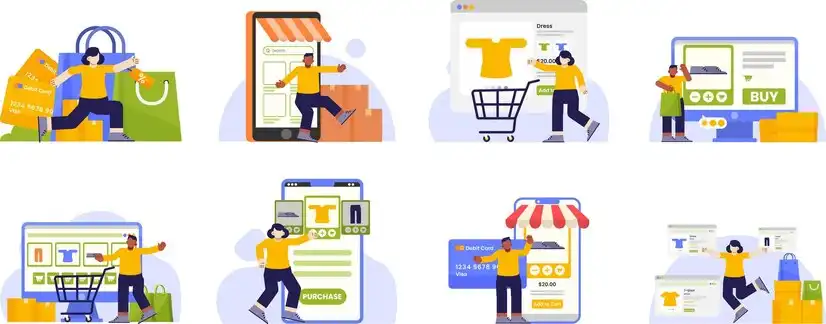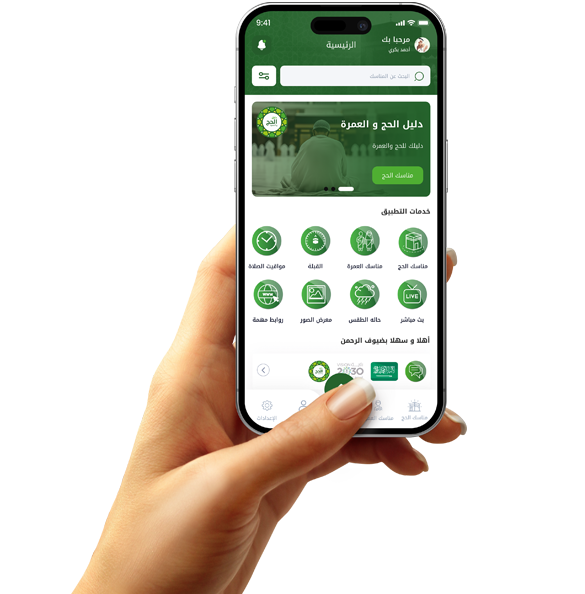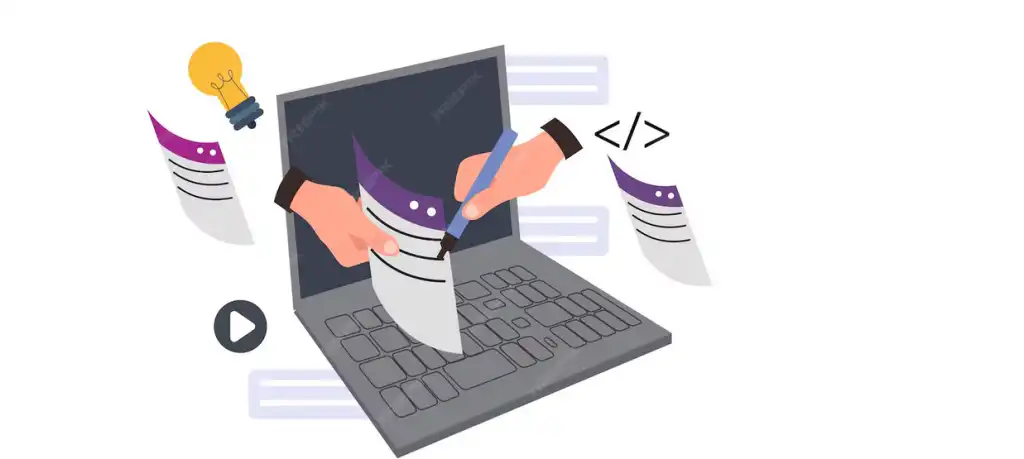The app that grows with the market is the one that survives.

Keeping up with change is not an option, it's a necessity.
In the app market, change doesn't occur annually, but monthly, and sometimes even weekly. Therefore, it's not enough to simply launch a good app and wait for results; it must be prepared for continuous growth and development. An app that remains static while users change will quickly be eliminated from the competition.
As markets grow, new trends and different behaviors emerge, and it becomes imperative for the app to respond to these changes. For example, the emergence of new payment methods or advanced user experience technologies must be matched by in-app updates.
Growing with the market means design flexibility, responding quickly to feedback, and carefully reading usage data to understand what users really want.
There are apps that started out simple, but because they constantly adapted, they have now become major players in the market. An example of this is Instagram, which transformed from a photo app to a video and live content platform based on market changes.

Responding Quickly to Market Changes and New Trends
The app market is moving at a rapid pace, and those who fail to adapt to new trends and changes may lose their position. Responding quickly to market changes is a critical factor contributing to an app's survival and continuity. Whether these changes relate to new technologies, new user behaviors, or even legal requirements, the ability to adapt quickly can determine whether an app will survive.
For example, in recent years, we have observed the widespread use of digital currencies in payments. Apps that responded quickly to this phenomenon and incorporated cryptocurrency payment options have attracted a new class of users and demonstrated their ability to adapt to modern transformations.
It's not just new technologies that an app must adapt to, but also changes in user expectations. As reliance on mobile phones increases for most aspects of daily life, users expect apps that offer fast, secure, and flexible solutions. Apps like Uber and Lyft are good examples of apps that have evolved to meet users' changing needs and expectations regarding transportation. Similarly, the growing use of voice assistants like Siri and Google Assistant is another factor that should influence app development. These trends require companies to adopt new technologies and develop apps that support voice commands and voice control.

Using Feedback to Continuously Improve Your App
One of the most important ways to contribute to app growth in the market is by listening to user feedback and using this feedback to continuously improve the app. User engagement with your app is crucial, and one of the best ways to understand their needs and ensure the app delivers the desired value is by following up on their comments and suggestions.
Feedback is not just a way to identify problems; it's an opportunity to transform the user experience for the better. An app that responds quickly to user feedback demonstrates a commitment to providing a good experience and increases loyalty. Many large apps started with user feedback and made improvements based on it.
For example, if users complain about difficulty navigating the app or encountering a problem with a particular feature, the app development team should take this feedback into consideration and work to improve those aspects. Updates made based on direct feedback make users feel like they are part of the improvement process.

Continuous improvement is key to ensuring an app's continued competitiveness and sustainable growth. With the rapid changes in mobile technologies and the market in general, apps must constantly improve to keep pace with evolving user needs and market demands. No app can achieve sustainability if it ceases to improve its performance and user engagement.
Regular app updates are one of the most important factors in maintaining user loyalty. These updates can include bug fixes, user interface improvements, the addition of new features, or improving the app's speed. All of these modifications directly impact the user experience and, consequently, the app's success.
Continuous improvement is not limited to technical features; it also includes engaging with users. An app that engages with its users by including their feedback in updates demonstrates a commitment to providing a personalized and personalized experience. For example, if performance issues or uncomfortable experiences are identified through user feedback, development teams should work to resolve these issues as quickly as possible.
Furthermore, continuous improvement should include automating some in-app processes, such as optimizing server performance and reducing loading times, which helps enhance speed and efficiency. In today's app world, speed is a crucial factor in user retention, because even a short delay can lead to user loss.















